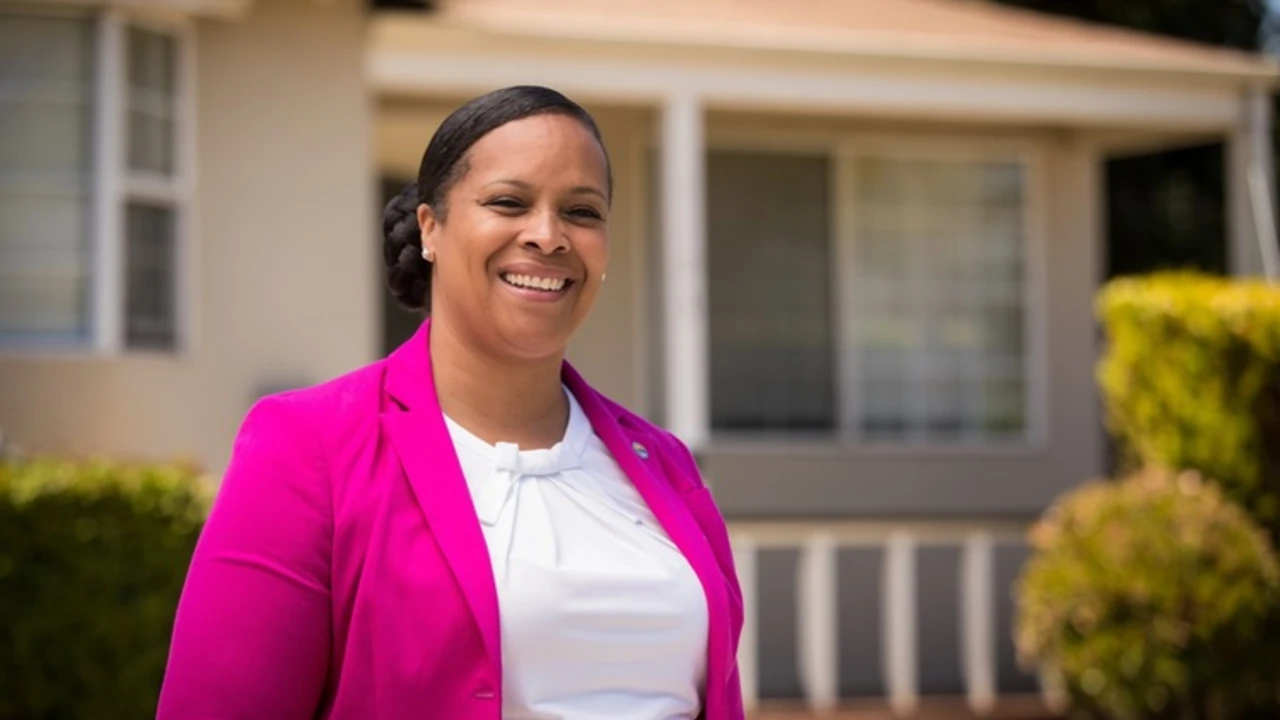
The impact of the federal government shutdown on Southeast state government finances is small but growing, analysts said.
The three state governments with the highest percentage of federal government revenue in their state budgets are in the Southeast: Louisiana at 50.1%, Mississippi at 44.1% and Kentucky with 42.7%, according to the U.S. Census Bureau. Ten of the 11 Southeast states are higher than the 50-state average of 36%, with North Carolina being the exception.
The shutdown started Oct. 1 after the
While for now the federal government is covering certain programs – like subsidized meals and federal food stamp programs – with spare funds, that money will soon run out for some programs.
"When existing federal appropriations for discretionary programs (those relying on annual authorization) are exhausted, state and local governments will need to back-stop program services and staffing – the needs on which these programs are based will not dissipate and may even increase during the shutdown," said Lisa Parshall, distinguished professor at Daemen University and policy fellow at the Nelson A. Rockefeller Institute of Government.
"States are typically resilient to federal government shutdowns and have several levers available to mitigate potential negative impacts from short-term disruptions of various federal revenues," S&P Global Ratings Associate Director Rob Marker told The Bond Buyer.
"States have a high degree of autonomy to adjust budgets and could make service adjustments commensurate with any reduced federal support, helping limit the financial impact," he said.
"Mississippi and Louisiana benefit from healthy rainy-day accounts, which could provide short-term relief; however, we do not anticipate any drawdowns related to the government shutdown at this time," Marker said.
Axios
If the program runs out of funding, Volcker Alliance Public Finance Adviser William Glasgall said states might consider using their own funds but he was unsure if they could do this.
"Personal income in the states in the [Southeast] tends to be closer to the national average or below," said John Hallacy, president of John Hallacy Consulting LLC. "Some states will attempt to close gaps that are created by the end of the federal programs. However, many states in the region will just follow the federal government's lead."
Bobby Kogan, senior director of Federal Budget Policy at the Center for American Progress, said, "Shutdowns start out bad and they get worse and worse." However, this one's impact on federal programs will vary. There may be problems funding Head Start starting in November, if the shutdown continues until then. Head Start provides education and healthcare to children from low-income families.
Funding for the federal Housing Choice Voucher Program for low-income families, elderly, veterans and disabled people may be in question Nov. 1 but is probably safe until December, Kogan said.
If Louisiana were hit by a major hurricane during the shutdown, it could be a big problem because Federal Emergency Management Agency workers aren't being paid, Glasgall said.
"The
"Significant layoffs of federal employees are particularly negative for the D.C., Maryland, and Virginia region, curbing tax revenues and economic activity," Samuels said.
Poor people have seen their programs cut throughout the current Trump administration and in the shutdown, states will need to patch the gaps created by federal governments, said Libby Chamberlin, senior policy advisor for state and local policy at Community Change.
There are more uncertainties about this shutdown compared to others, Parshall said.
Federal COVID pandemic aid has faded, Parshall said.
This summer's Republican-passed One Big Beautiful Bill Act
Kogan said during the shutdown the Trump administration has engaged in Antideficiency Act violations by spending federal money that hasn't been approved. While illegal, the practice has ameliorated the federal shutdown's impact, he said. The White House press office didn't immediately respond with a comment.
Some state officials expressed concern Trump won't follow standard practice of reimbursing states for shutdown costs of certain federal programs.
"We would evaluate the significance of any lost reimbursements on a case-by-case basis to determine credit relevance," Marker said. "That said, Mississippi and Louisiana have healthy reserves and could likely manage a modest level of lost reimbursements without experiencing credit deterioration."
Kogan said he expected when the federal government returned to operations Congress would pass a bill with standard language requiring state reimbursements.
The shutdown could also hurt state finances by slowing the economy. S&P estimates the shutdown could trim national growth by 0.1-0.2 percentage point for every week the government is closed. The figure mainly stems from the direct costs and the actual shrinkage may be a bit greater.
"The shutdown has forced many businesses to be especially cautious during this period," Hallacy said. "Hiring is slowing visibly. There are some reports that ordering to build inventories for the holidays has suffered."
Kogan was more optimistic, saying short-term closures of the federal government, like what has happened so far, generally don't affect the economy. It is when they drag on that they start to hurt. The longest shutdown was for 35 days in December 2018 and January 2019, during Trump's first term. Air traffic controllers not showing up for work because the federal government wasn't paying them pushed the federal leaders to end that shutdown, he said.
In the last few days the Trump administration has gone beyond furloughing employees to laying off thousands of them. The latest layoffs follow earlier force reductions, agency contractions and even the elimination of the United States Agency for International Development.
Hallacy noted the layoffs will increase demands on the states' unemployment insurance programs. The states "will be assuming the burden at least on the front end." Layoffs will also reduce states' income and sales tax receipts.
"We expect state responses to federal spending cuts to vary greatly and evolve through future budget discussions," Marker said. "We do not believe that states are likely to, nor do they have the necessary resources to, completely backfill proposed reductions to federal funding."
"Many states will seek to reduce services commensurate with reductions in federal aid," Marker said. "We are also closely monitoring potential changes to federal disaster response through the Federal Emergency Management Agency, as both Louisiana and Mississippi are exposed to elevated environmental risks due to their coastal geography."
New policies in the OBBBA tie federal Supplemental Nutrition Assistance Program funding to state error rates in administering it. To lower them, states are hiring more staff and improving their information technology systems – changes that are potentially costly, S&P said in a late September report.
The states are looking at OBBBA's work requirements for SNAP and calculating their additional costs, Glasgall and S&P said, adding an additional financial burden as the shutdown continues.





